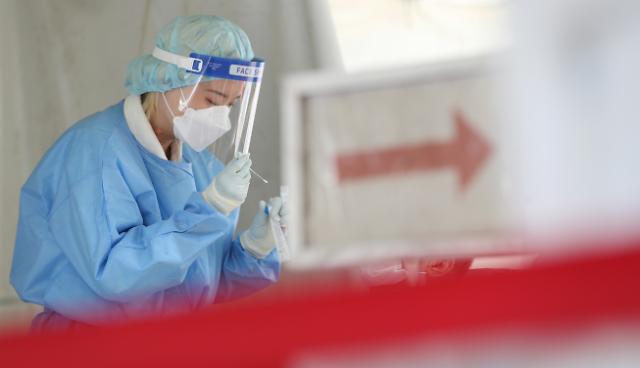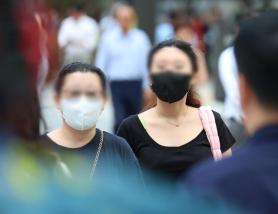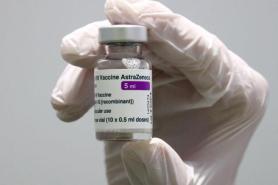
[Yonhap Photo]
SEOUL -- After about three years and four months since the first case of COVID-19 was found in South Korea on January 20, 2020, the government is likely to declare the infectious disease as an endemic disease, a disease that regularly occurs within an area or community like flu.
According to real-time data released by the Korea Disease Control and Prevention Agency, a daily average number of 17,033 people were infected between May 5 and May 11. An average number of 30 people were hospitalized and 10 people died every day because of the novel coronavirus. Since the first outbreak in 2020, more than 31 million people had been infected with COVID-19 and some 34,500 people died. The accumulated number of infected people accounts for about 60 percent of South Korea's population of about 52 million.
When the first wave of the pandemic hit South Korea, the government took strong measures such as rolling out strict social distancing guidelines to prevent the spread of the infectious disease. Face masks became compulsory everywhere, and groups of no more than four people were able to dine at restaurants that closed at 9:00 p.m. Gatherings of more than 100 people were regulated. Weddings were postponed and funerals were carried out by only a handful of bereaved family members.
The pandemic also brought other changes to society. Schools were closed and students attended online classes at home. Up to 70 percent of companies chose to have employees work remotely to prevent local outbreaks. Food and grocery delivery services thrived thanks to grounded people. The domestic tourism market was able to survive because people who could not travel overseas favored visiting outdoor tourist spots in South Korea.
The Central Disaster and Safety Countermeasures Headquarters, operated by the interior ministry, said that a meeting will be hosted by President Yoon Suk-yeol on May 11 and regulation on the seven-day compulsory quarantine period for infected people will be lifted. The counter-disaster headquarters also said that there is a possibility that other regulations such as the mandate of face masks at public health facilities will be lifted and the infectious disease level of COVID-19 will be lowered from level two to level four.
Copyright ⓒ Aju Press All rights reserved.




